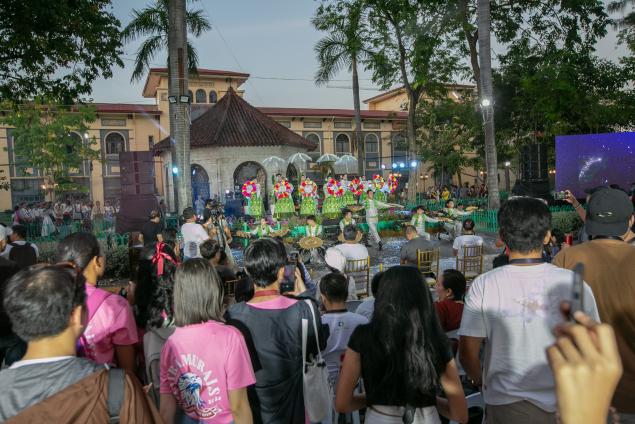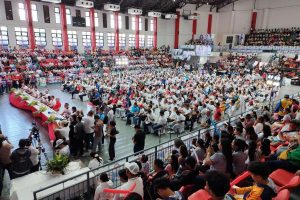The decision to place an area under a particular quarantine status now depends on the local government units (LGUs).
Dr. Junjie Zuasula, head of the Department of Health (DOH-7) Regional Epidemiology and Surveillance Unit, said it would be up to the LGUs to determine under what quarantine status a barangay, sitio or compound should be placed, based on the parameters recommended under the Project Balik Buhay (PBB) prevalence survey.
Dr. Zuasula made the clarification in reaction to the Barangay Luz Council Resolution 20-043 that recommended the lifting of their enhanced community quarantine status (ECQ).
Dr. Zuasula, Dr. Van Philip Baton, DOH-7 regional medical coordinator for the Emerging and Re-emerging Infectious Diseases program, and DOH-7 chief pathologist Dr. Mary Jean Loreche were the guests during the “Mugstoria Ta” Tuesday edition aired live over Facebook page of the Office of the Presidential Assistant for the Visayas.
The resolution was addressed to the Inter-Agency Task Force in Managing the Emerging Infectious Diseases (IATF-Cebu City), Department of Health, Cebu City Health Office, Cebu City Government and the Cebu City Police Office.
The Barangay Luz Council resolution stated that on May 30, 2020, the Cebu City Health Office recommended to the Cebu City government that the ECQ of Sitio Zapatera “may now be lifted.”
According to Dr. Zuasula, they have presented to Cebu City government officials the results of the PBB prevalence survey conducted by the city health offices of the cities of Cebu, Mandaue, and Lapu-Lapu, and volunteer medical technologists from May 6 to May 20.
The DOH-7 helped to analyze the data and to come up with the scaling model on determining quarantine status.
They based the scaling model on the prevalence rate estimates and compared these with the number of positive or confirmed cases from the data of the Cebu City Epidemiology Surveillance Unit, he explained.
The DOH-7 recommended that the LGUs use the scaling model to decide whether to unlock or lock a community based on the level of cases and exposure, Dr. Zuasula said.
The unlocking or unlocking of sitios or barangays would depend on the actual number of positive cases, determined by the reverse transcription-polymerase chain reaction (rtPCR) results, and the results of the rapid anti-body tests (RAT) that establish the presence of IgM and IgG.
A positive IgM (IgM+) result indicates that the person might have been infected and the immune system has started responding to the virus.
On the other hand, a positive IgG (IgG+) result suggests that the person tested has been infected.
Based on the proposed sequential scaling model, areas with more than 50 positive cases (based on Reverse transcription-polymerase chain reaction (rtPCR results) and with over 5.0 percent IgM+/IgM+IgG+ have to be placed under ECQ.
On the other hand, areas with zero positive case, zero IgM+/IgM+IgG+ and 5.0 percent IgG+ can be downgraded to general community quarantine (GCQ).
Before implementing any changes in the quarantine status, DOH-7 has recommended that LGUs conduct disease surveillance in the barangays using the rapid anti-body tests to determine how many infected cases remain and the number of recoveries.
The actual data collected would determine if the ECQ status of Sitio Zapatera could be lifted, Dr. Zuasula pointed out.
He also stressed that the quarantine status of a particular community, sitio or barangay “can be dynamic,” meaning it could either step up or step down depending on the actual data generated through disease surveillance.
The DOH-7 has encouraged LGUs to conduct regularly disease surveillance, preferably every 15 days, to determine the status of various barangays in the fight against COVID-19 and the corresponding actions they would take. (PR)












